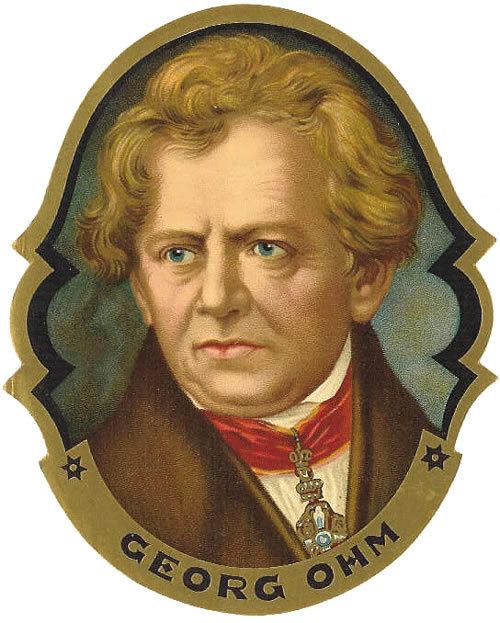
The most basic and most widely used of all the laws of electricity, Ohm’s Law, was published in 1827 by the German physicist Georg Simon Ohm in his great work “The Galvanic Chain, Mathematically Treated” . Without Ohm’s Law we could not analyze the simplest galvanic chain (electric circuit). The Royal Society of London awarded him the Copley Medal in 1841, and the University of Munich gave him its Professor of Physics chair in 1849. He was also honored after his death when the ohm was chosen as the unit of electrical resistance.
Introduction Of Chapter
We know that in science for comparing the results of different experiments it is necessary to measure the physical quantities on the same scales which are universly accepted. Here the scale means a standard value which can be taken as a reference for the measurement of a quantity. Any physical quantity must be measured in relation to a universally recognised reference standard known as a unit. The unit should be choosen logically as it globally serves as a base quantity required for measurement. When a physical quantity is measured, the result is expressed as a number (or numerical value) with a unit. Despite the fact that there seem to be a lot of physical quantities, we only need a small number of units to express them all because they are all interrelated. Fundamental or base units are the names given to the units used to express fundamental or base quantities. All other physical values have units that can be represented as combinations of these foundation or base units. We refer to these units as derived units that are acquired for the derived quantities.
In this chapter we are going to study about Fundamental and Derived quantities with their units and Dimensions. We will also see the cause of errors in the experiments and their calculations. This chapter gives the students knowledge like how to write the units properly,how the dimensions can be used to check a given formula, what is accuracy and errors how to measure them and so on. In other words this chapter makes the base of the students so that he can enter the vast world of physics and understand the laws and concepts of physical phenomena happening in his surrounding world.
